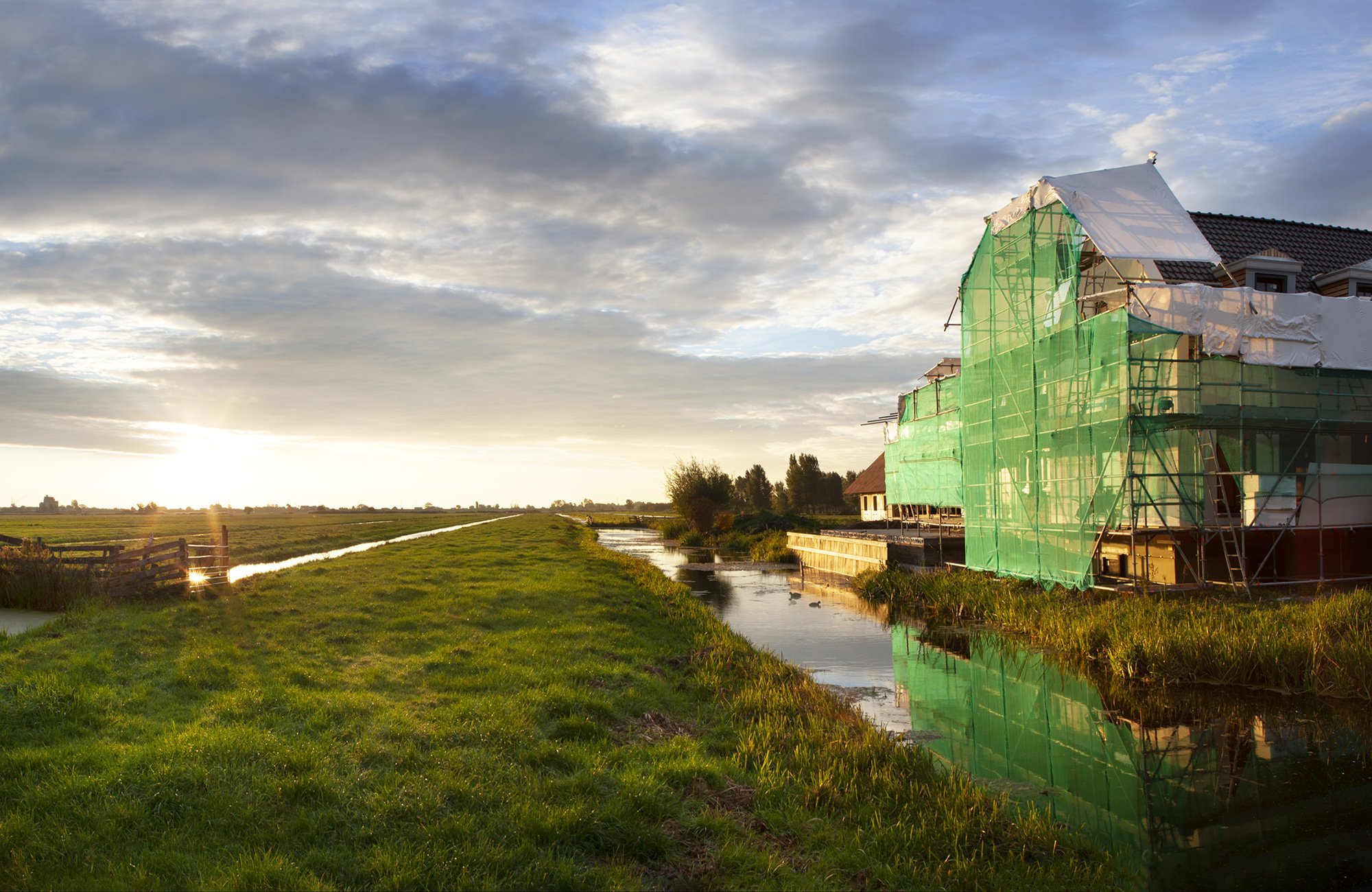Sustainable redesign of the public space with the ECI
The Municipality of Oss used a trial project to learn how the public space can be sustainable designed. Project Bernhardlaan was about sustainable procurement with EQI values. The knowledge and experiences gained can be used in subsequent projects.
Photo: Esther van der Lugt

In the Municipality of Oss, the required maintenance work on three streets was used to gain experience with the sustainable redesign of public space. Specifically, this involved works including replacing the paving, replacing the wastewater system, increasing the greenery and constructing wadi strips. However, as a trial project it mainly concerned issues such as: how to realise sustainable design of the public space, what sustainable design entails, how to organise a sustainable construction process and how to monitor that process. Esther van der Lugt, Sustainability Advisor at the Municipality of Oss, is enthusiastic about the ‘Bernhardlaan Project’. ‘We’ve gained so much knowledge and experience. There are certainly points for improvement, but we now have a basic scenario on which to build.’
The first step was to develop a sustainable design. As the streets were wide, there was space to reduce the square footage of paving in favour of green spaces. The new design resulted in 20% reduction on materials, although the narrower pavements did lead to various discussions with residents during the public participation process. The ecological story contributed to a solution that the residents are now also happy with: greening the grey paving, a greater diversity of tree species and rainwater harvesting in wadi strips with Stinzen plants.

The Municipality of Oss started the tender procedure based on the sustainable and climate-adaptive design. The search for the right level of ambition, establishing the award requirements and the feasibility of implementation started during the design phase. Esther van der Lugt: ‘We applied to the Netherlands Enterprise Agency for a grant so we could obtain external advice about the tender. We used the grant to improve the design according to our ambitions and set the award requirements. BouwCirculair helped us consider the circular R strategies to make the design more sustainable and formulate the award requirements. The first R strategy is Reduce: which materials can you leave out? We arrived at a 20% reduction on paving materials. The grant also offered us the opportunity to have the provided LCAs verified. LBP|SIGHT verified the provided LCAs and SKG-IKOB checked whether the introduced products were in line with the award.
The tender brief was eventually designed according to the Best Price-Quality Ratio, where quality was translated into ECI values to enable the tender to be awarded on value. ‘Most of the material comprised paving. That’s why we focused on four product groups, namely paving tiles, paving stones and two types of concrete strips. For these product groups, we first made calculations based on our estimated prices and ECI values. We needed this exercise to produce a formula to ensure that the award requirements and the price were in proportion. We sought a ratio that would deliver the best environmental quality at a reasonable price. We chose a ratio in which environmental performance determined approximately 30% of the award. As upper limit, we used an ECI value of 18 euro for the various determined products and a lower limit of 8 euro.’
The search for a good formula was successful. We received four tenders and selected the tender from Aannemersbedrijf Van de Haterd from Geffen. ‘With regard to the concrete strips, the tenders were fairly similar, but big ECI reductions could be made on the paving tiles and paving stones. You can see that manufacturers are innovating to make these products more sustainable.’
The provided LCAs were then verified by LCA experts from LBP|SIGHT. We agreed that the suppliers could provide their LCAs directly to the LCA experts. ‘We wanted to remove potential market concerns about confidentiality. We also wanted verification prior to implementation, as it was rather a challenge for us to know whether the stated environmental performance could be achieved. Verification in advance of the award went well. And verification after implementation didn’t reveal any significant discrepancies either.’
‘This experience has taught us an important lesson and we now have the KOMO requirement as standard in our specifications. In the end, we awarded the tender to the bidder that was able to submit a KOMO certificate and that achieved second place in terms of ECI. This bidder also achieved a good ECI reduction. The verified ECI of the concrete paving stones (in terms of volume the biggest product group) is a considerable number of euros lower than the upper limit of €18. The KOMO requirement did, however, result in us getting a slightly lower environmental quality than that already offered by the market.’
The final evaluation of the project is still to be produced, but Esther van der Lugt already concludes that the Bernhardlaan pilot project was useful and successful. The knowledge and experience gained will be incorporated in subsequent projects. ‘We met with various market parties prior to the tender to brainstorm about ambitions and feasibility. That meeting with local contractors, demolition companies and suppliers was extremely useful and generated a lot of knowledge. It also made us aware of our role in the local sustainable construction economy and how we, as a municipality, can stimulate the development of sustainability.’
Milieudatabase.nl would like to demonstrate projects with a low EPB. If you’re working or have worked on a project with an EPB of 0.5 or lower, please let us know. You can register your project via the following email address communicatie@milieudatabase.nl
This page has been translated using DeepL
Related news articles
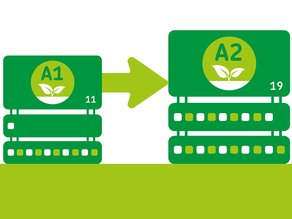
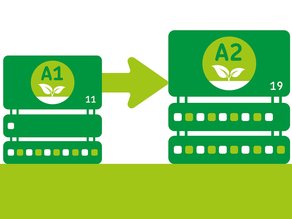
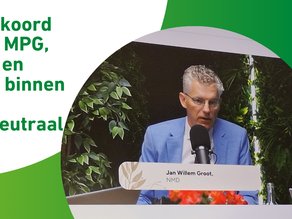
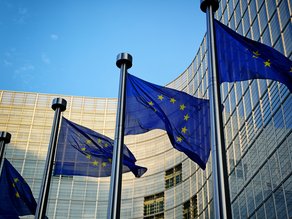
Altijd actueel:
nieuws over duurzaam bouwen en milieuprestatie & milieudata
Ontvang elke maand het laatste nieuws duurzaam bouwen, milieuprestatie,
milieudata, inclusief tips en voorbeelden uit de praktijk.
